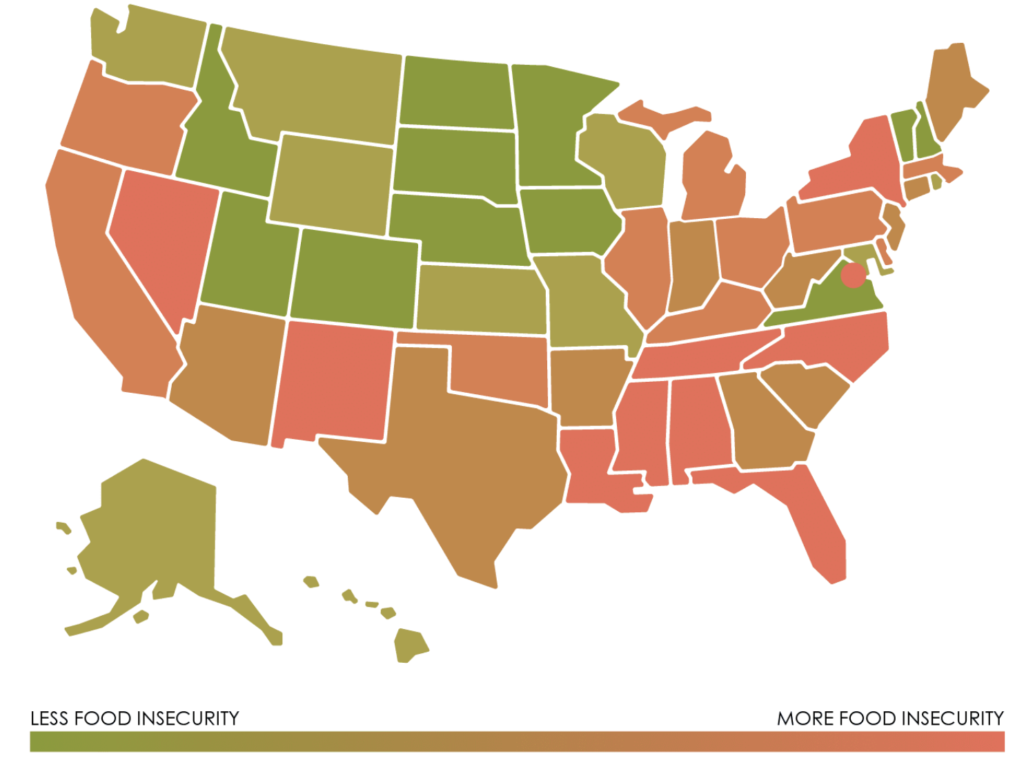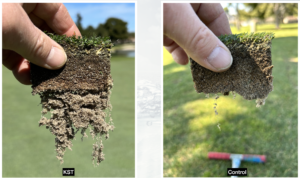Kairospace Technologies and Green Side Up Farms joined technical forces to combat food deserts by driving innovation for indoor vertical farming. Recent pilot program efforts led to noticeable improvements in water quality and a measurable boost in local food production.
The leafy green lettuce testing yielded remarkable outcomes, including improved crop growth, enhanced nutritional quality, and reduced time to harvest, which ultimately led to more efficient water usage. The surplus produce obtained from the successful testing was generously distributed to community outreach food programs, local farmers’ markets, and culinary kitchens, benefiting the local community in multiple ways.
“We set out on a dual mission: to create a compelling use case for our smaller scale water treatment technology and to make a positive impact within the local vertical farming community.” Jeremy Pfeiffer, Co-Founder Kairospace Technologies
Read more…
GSU-REPORT-3_1Food Deserts
The United States Department of Agriculture (USDA) defines a food desert when a census tract meets the following two criteria:
- Low-income community – poverty rate of 20 percent or higher, or a median family income at or below 80 percent of the statewide median family income
- Low-access community – urban census tracts with more than 33 percent living more than one mile from a supermarket or large grocery store or rural census tracts (geographical region containing 1,000 to 8,000 people) that are more than 10 miles from a supermarket or large grocery store.

State of Nevada
- USDA identified food deserts in 40 of 687 census tracts in Nevada.
- 154,623 Nevadans meet the criteria of living in a low-income food desert.
- Among people in Nevada living in a food desert, 89 percent live in urban area and 11 percent reside in rural areas.



